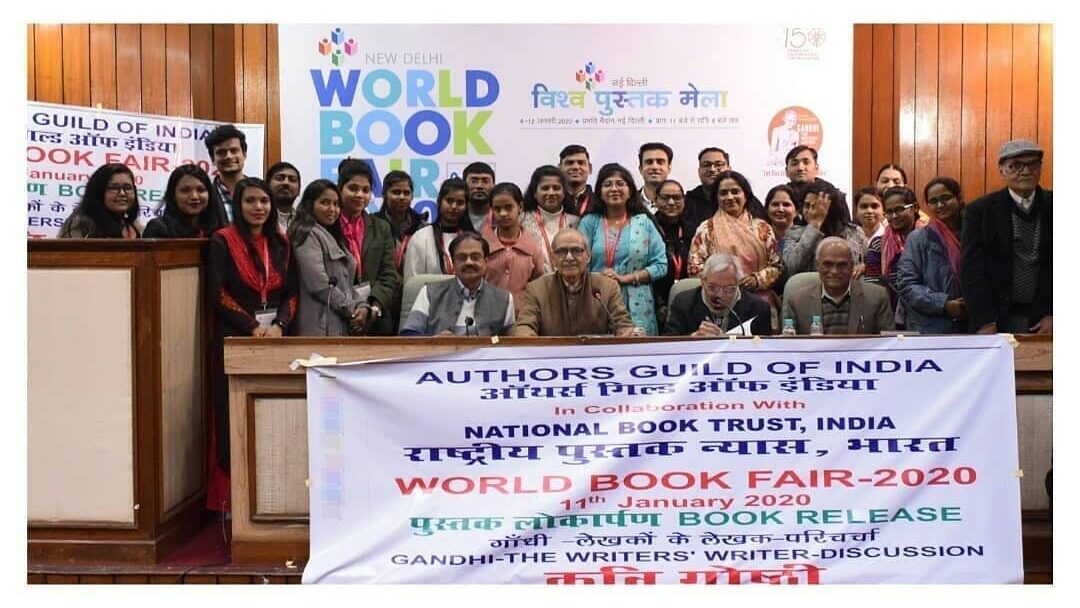Roma India Connection with Padma Shri Dr. Shashi and Shadab.
“ Research Foundation affiliated to UNO. We feel that it is not really an organization but it is a mission for all of us.
All my students here and my faculty members take this service to the Roma people as education for them,
as a mission and don’t take this as formal relations.
These people are coming from time to time to India. With a great work motive thinking that they will go to Rajasthan, they will visit South India, Haridwar and we will be taking them to various places. “
Padma Shri Dr. Shashi
Podcast Version with Roma India Connection with Padma Shri Dr. Shashi and Shadab
Do you like to listen? Check out our podcast — Roma India Connection.
Brief History
Professor Dr. Ian Hancock said that most of the Roma of Europe in America now believe that they are Jats and Rajputs from India who migrated from India their barothan the great land.
There about 7 to 12 million Roma around the world, out of which about 1 million of which live in the United States and between 5 to 8 million of whom live in Europe, particularly in Eastern Europe.
A non-white and non-territorial population of Asiatic origin Roma are being subjected today to intense and increasing hostility.
The Roma with the black hair black eyes brownish wheatish complexion migrated from India then arrived in Europe in the 10th and the 13th century AD via Iran Turkey and Egypt according to historical researches. Many Roma were the brave soldiers in Prithviraj Chauhan’s army in the 12th century.
Chauhan’s army was divided into various clans and over the course of time who is known as the Roma of today.
Roma and Persecution
Traditionally tolerant and respectful towards all religions the Roma allegedly have absorbed practices around them. They had behind them two or three centuries of fate-less life in countries through which they travelled status was based on the economic use of people. The history of Roma has been full of suffering and misery.
In Germany, the Nazis imposed heavy restrictions and many were put in gas chambers.
A quarter of million gypsies were removed by Nazis they were imprisoned in camps and removed.
The suffering continued in Europe. For decades and the governments of Poland, Norway Denmark and Sweden tried to expel them from the territories. Some Roma arrived in Britain in the middle of the 15th century and were scattered all over the country. While in Romania, Bulgaria and other communist countries they were forced to work under inhuman conditions. In Scotland during the year 1627, all gypsies were ordered to be forcibly recruited by the army and later banished to the West Indies, Jamaica, and other places.
Amongst all these atrocities old Yugoslavia was the only country the Roma got nationality for the first time. In the current scenario, the Roma still face persecution and discrimination and are denied rights and services in the countries where they live. Authorities in Italy have denied housing to Roma families even those born in Italy on the grounds that people living in cheap makeshift metal containers in isolated Roma camps already have permanent housing. And in 2013 about 10,000 Roma that expelled from France after the camps were destroyed.

Present conditions of Roma in EU
On one hand, they have significant factors causing Roma to leave the country including unemployment poverty and increasing levels of racism in countries of origin. These factors are compounded by the effects of the economic crisis and attacks against Roma. On the other hand, there are also important pull factors mainly the aspirations for improved living standards as well as the prospects of finding work and better educational opportunities for the children.
Recent decades have also seen Roma organizations and individuals working to secure the rights for Roma worldwide to preserve Roman traditions culture and to provide resources for Roma communities.
The Roma Education Fund supports education programs to assist Roma students and to help integrate them into the educational systems that have historically excluded them worldwide.
Among others Research Foundation India has done extensive work in India. The Roma support group RSG was created to promote awareness of Roma traditions and culture. And in the recent past, Roma has been allowed to set up organizations and publish periodicals in Bulgaria.
Solution and Way forward
There are various solutions to the Roma problem and can be tackled by various measures.
Like the support of local initiatives, positive action initiatives, policy mainstreaming, training of the public officials. Also, the work of organizations with Roma people needs to be based on the recognition of distinct identities and cultures. The way forward looks challenging yet promising and few Roma have achieved community-wide success in various professions.
In 2011 Hungarian politician and international Romani activists received the International Women of Courage Award from the US State Department recognizing her efforts promoting Roma condition and the right and Hungary. The traveling populations originally supported themselves as performers artisans and tradespeople. Family relationships play an important role in traditional Roma society and often form the backbone of larger community groups.
Roma is often celebrated for their musical heritage which has influenced jazz, bolero, flamenco music as well as classical composers like Franz Liszt. Romani music influence still lives on in modern form in adaptation by very successful musicians like the famed BKGO.

Roma India Connection with Padma Shri Dr. Shashi and Shadab
Check out the Roma book on GOOGLE PLAY here
Take a look at the Roma book on AMAZON here

0 Comments